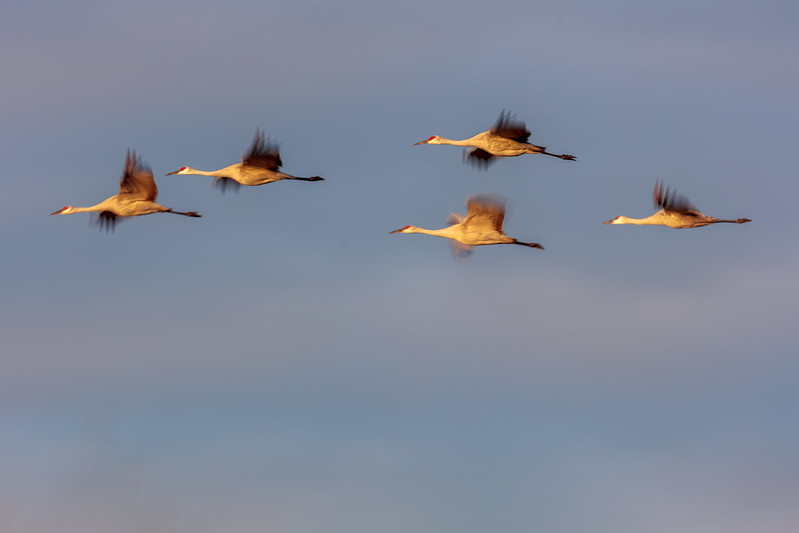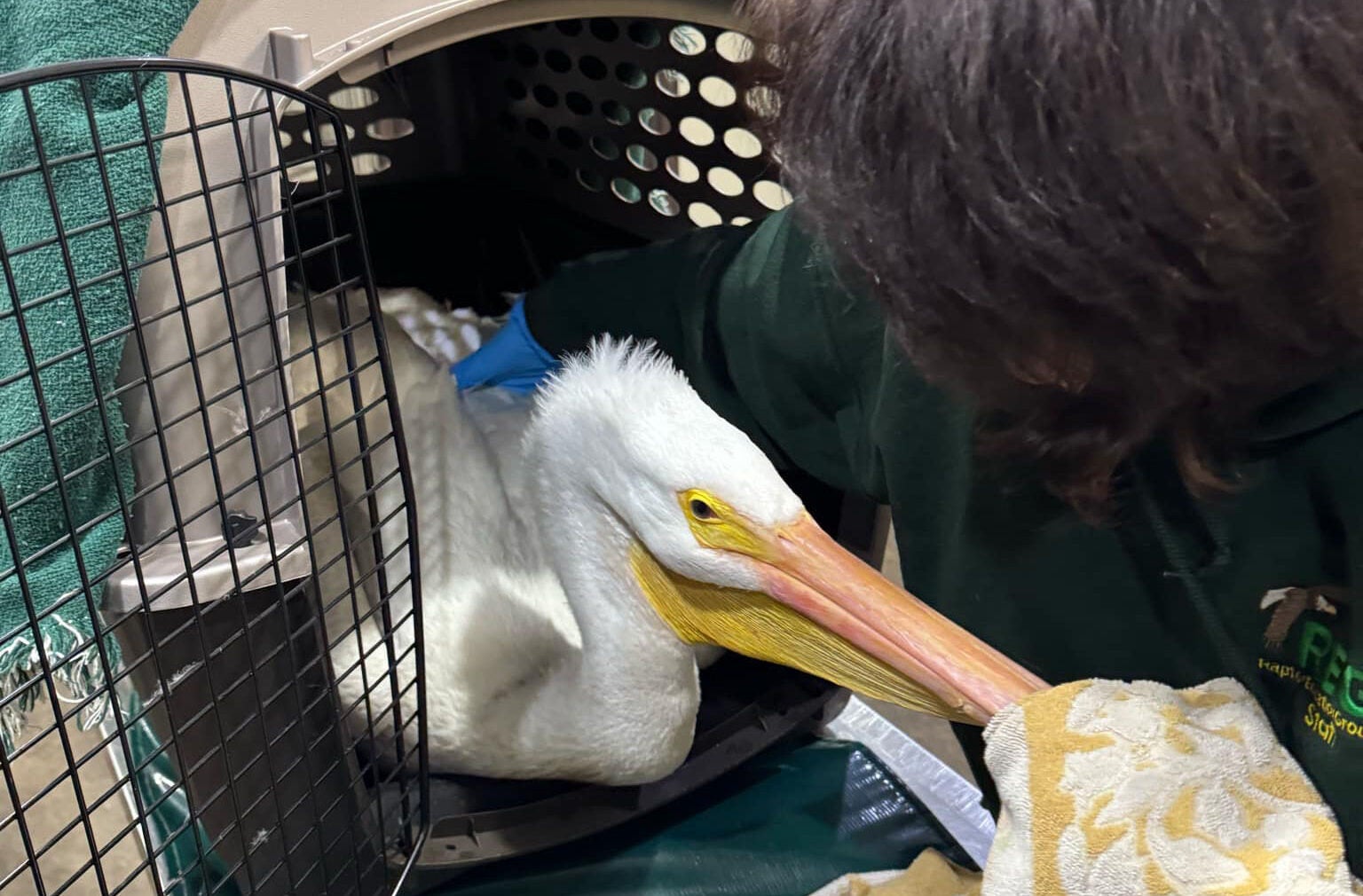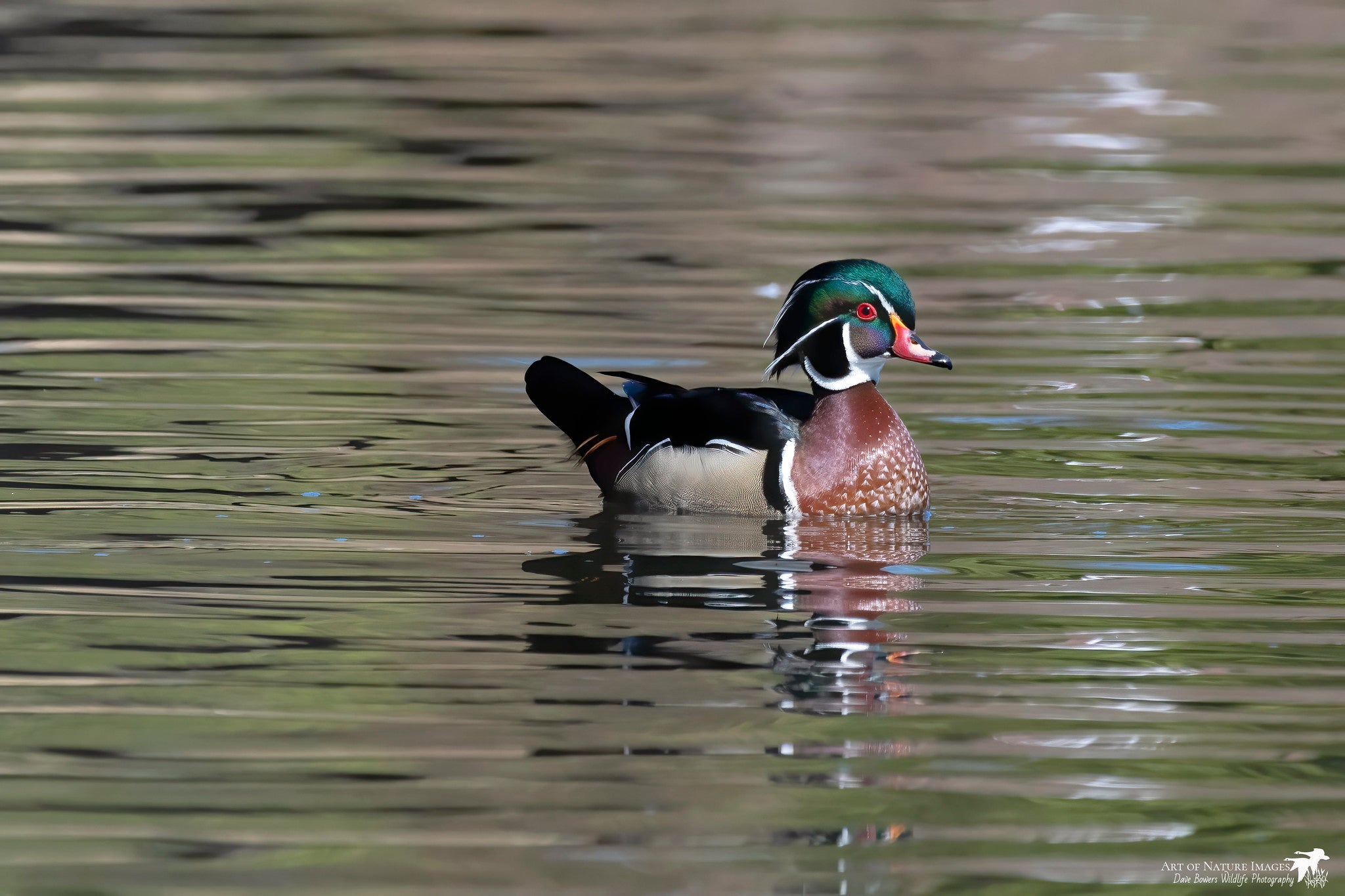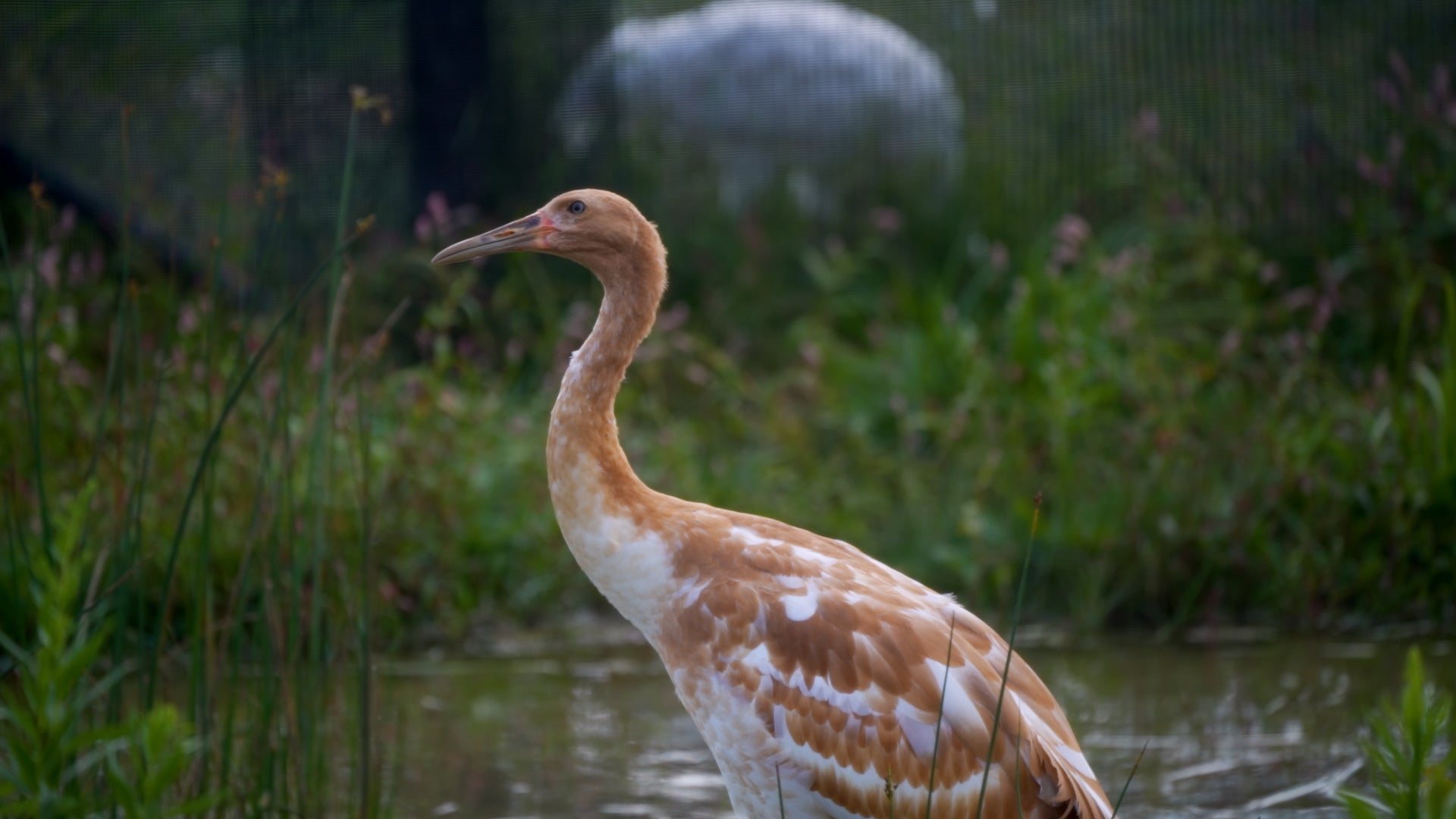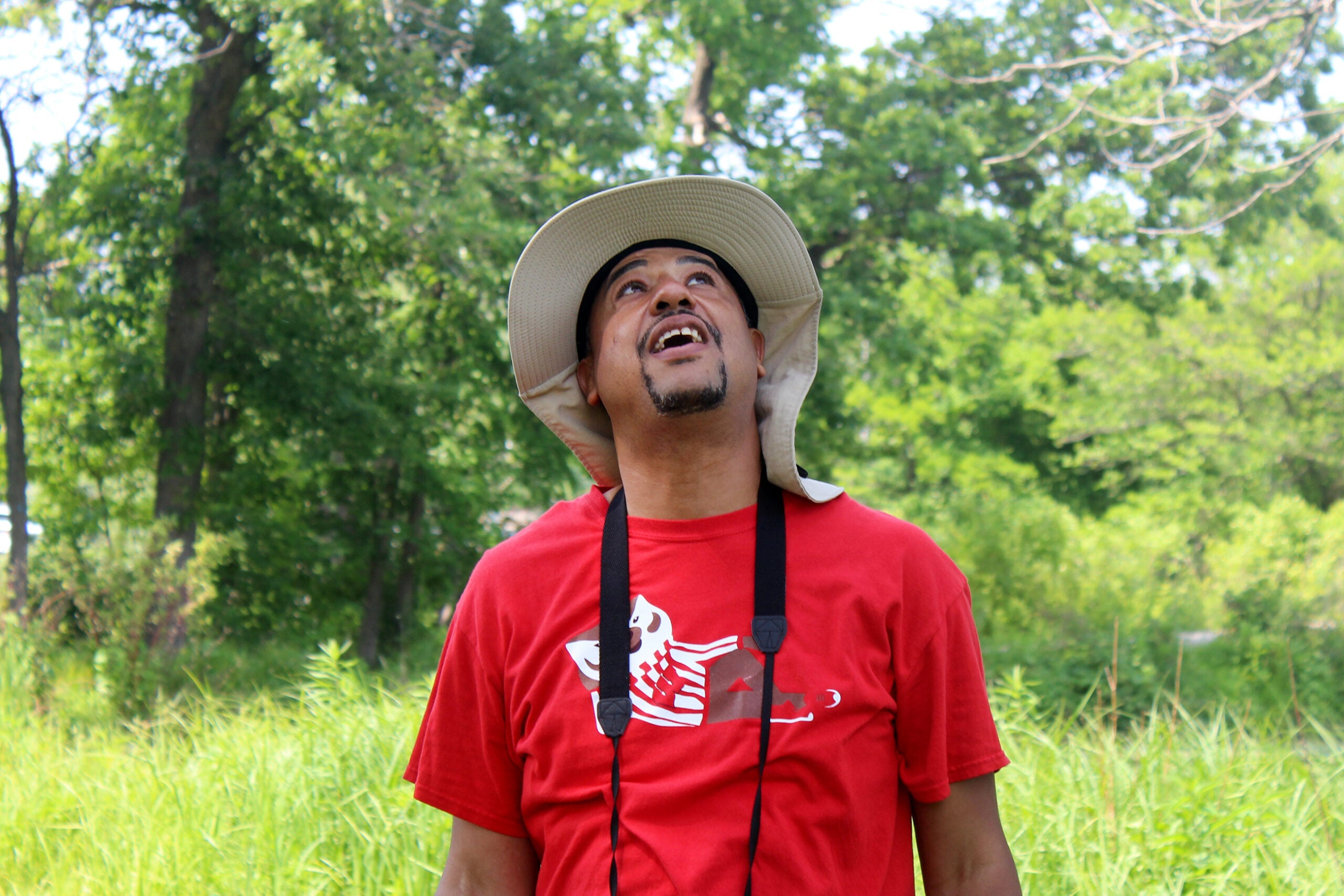During peak migration, more than 15 million birds can journey through Wisconsin skies in one night. The nocturnal migrants include the American Redstart, Magnolia Warbler and the Swainson’s Thrush. These species join thousands of other birds making their way south for the winter.
Naturalist Bill Volkert is a yearly witness to the hustle and bustle, and he has the numbers to show for it. Vokert has sighted more than 4,300 species of birds. His goal: To see half of the 11,000 species of birds in his lifetime.
The retired wildlife educator returned to WPR’s “The Larry Meiller Show” to talk about the wonders of our feathered voyagers.
News with a little more humanity
WPR’s “Wisconsin Today” newsletter keeps you connected to the state you love without feeling overwhelmed. No paywall. No agenda. No corporate filter.
Thinking about grabbing your binoculars and field guide? Here are four takeaways.
See different areas of Wisconsin and thousands of bird species
You can go most anywhere in the state and find a good spot where birds are both nesting in summer and stopping over this time of the year, Volkert said.
Hot spots include the Horicon Marsh and the Mississippi River. If you’re headed to the marsh, Volkert recommends getting there by late afternoon and staying until sunset. Around 6 p.m., birds will return from feeding and gather for the night.
Find more places to birdwatch at Travel Wisconsin.
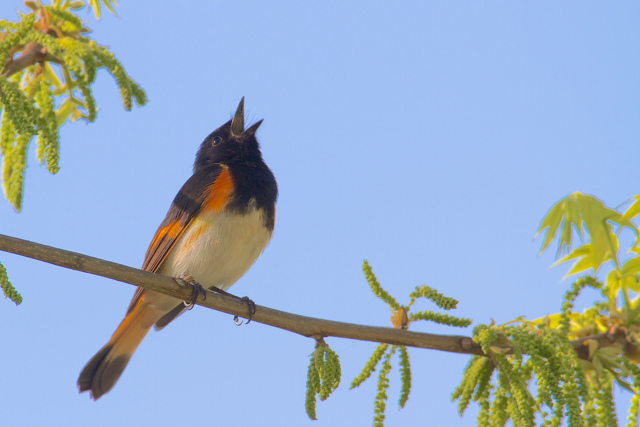
However, watching the actual migration flights take place can be a challenge.
“We usually don’t see most of the birds really flying in migration,” Volkert said. “We see them more stopping over and gathering in flocks to refuel and rest, because most of the migration, especially for songbirds, takes place at night.”
When they’re migrating, birds typically fly between 2,000 and 5,000 feet in the air. That’s because they’re searching for favorable winds.
It’s common to see birds like Canada geese flying at lower altitudes during the day. Volkert calls those “feeding flights,” and explained that the geese are traveling between their feeding and resting sites.
Migration is one of the greatest phenomena in the natural world
Volkert spends a lot of time in nature and said migration is one of those things that never ceases to amaze him.
Take for example the sandpiper, who makes flights of 8,000 to 10,000 miles each way. And new technology and research has revealed that some birds are capable of making these long flights almost nonstop.
“(Migration) is just a wonderful way to gauge the changing seasons as the different birds arrive and as they leave again,” Volkert said.
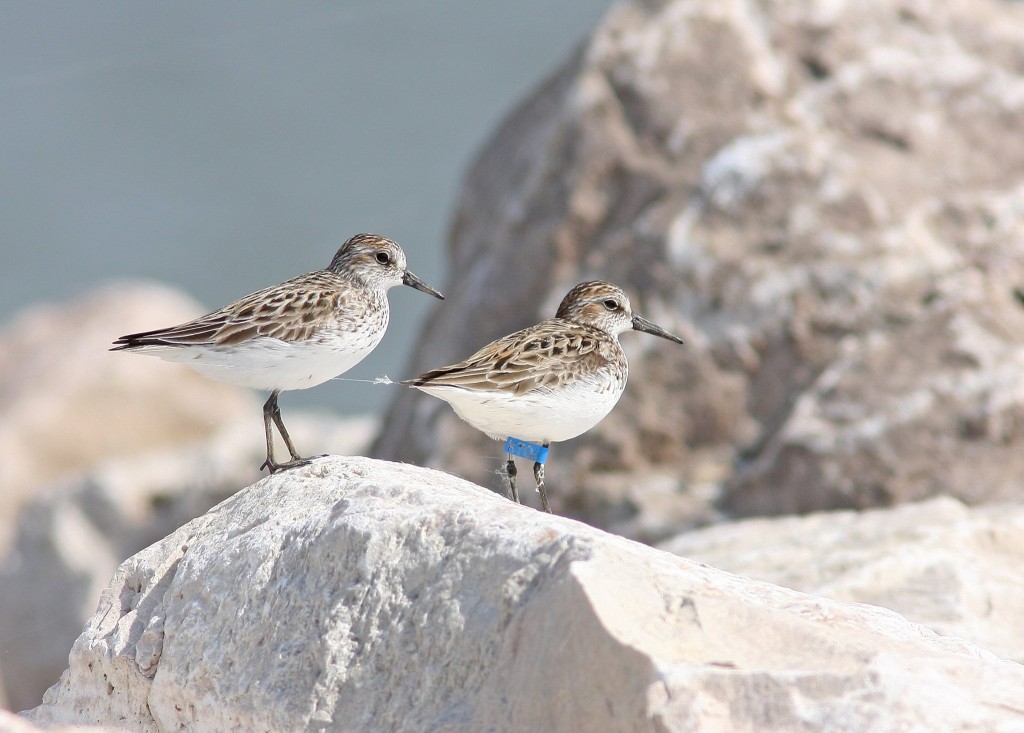
And yet, there’s mystery!
Scientists know more information than ever about what makes birds tick, but Volkert said part of the intrigue around migration is in the questions that remain.
Recently, scientists uncovered that migrating birds return to the exact same tree and nest perch every year.
And there’s still more to uncover about how birds navigate. We know a few of the environmental cues they rely on, which vary by species. Volkert said birds use winds, geographic features like rivers and mountains and stars.
But we don’t know how birds find their way when the night sky is cloudy. One theory is electromagnetic fields. An experiment done in the 1970s showed that attaching magnets to a pigeon’s head disoriented the birds and made them unable to fly home.
Another mystery is the parenting methods of shorebirds. Adult shorebirds leave young behind at their nesting grounds and go south. The baby bird is able to migrate alone, a distance of up to 7,000 miles.
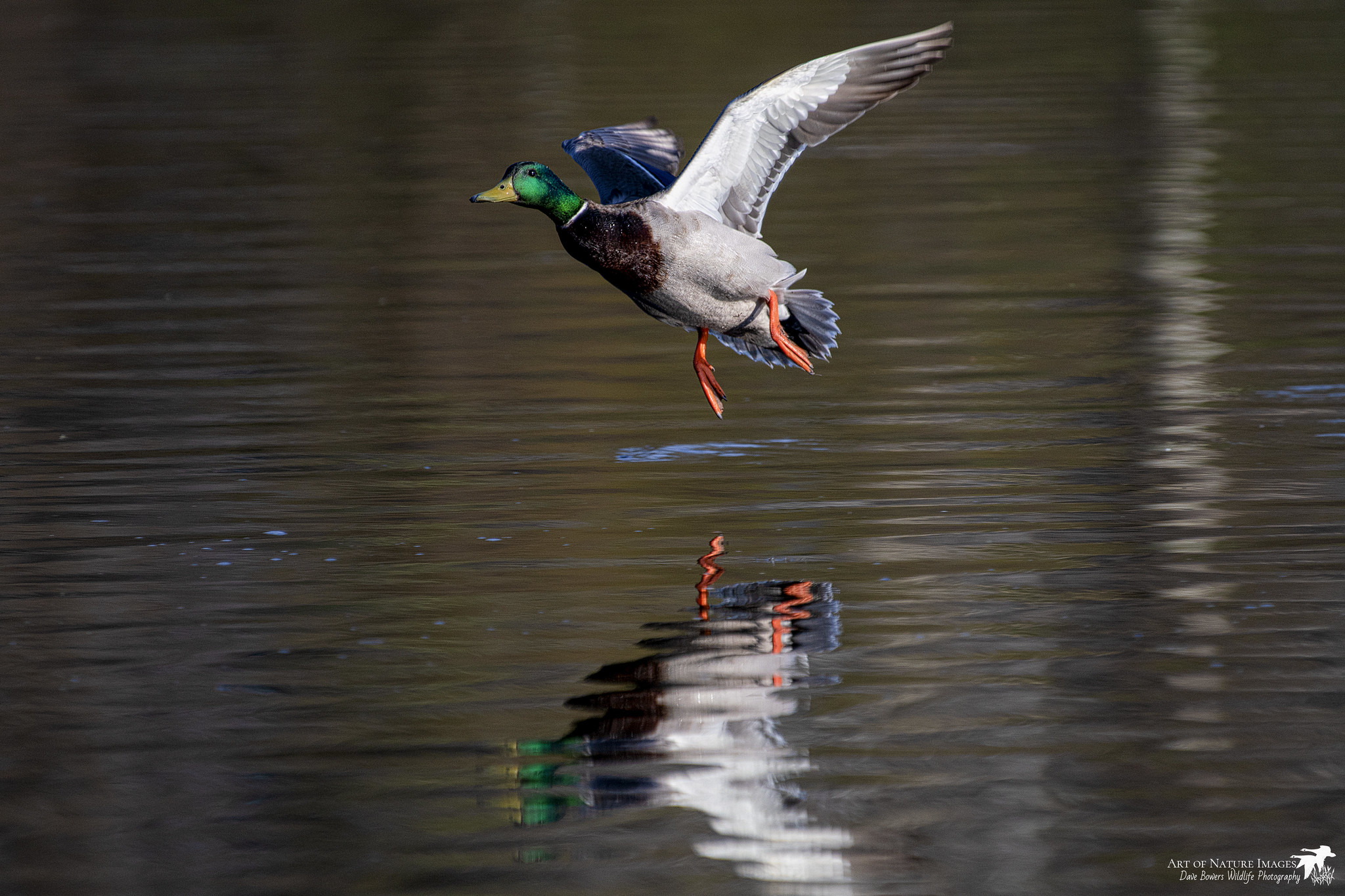
Migration patterns offer clues to how well birds are surviving a changing world
Migrating birds will face many challenges during their flights south, Volkert said. Their winter and summer habitats are shrinking, as well the stopover sites they use as refuge while they rest and refuel. There are tall buildings with deceiving windows, looming communication towers and predatory outdoor cats.
“The world’s just basically getting more dangerous for birds,” Volkert said.
In order to reduce window strikes at his home, Volkert installed little adhesive strips about 4 inches apart on his windows. That’s reduced collisions from 10 to 12 a year to zero.
Additionally, predation by domestic cats is the No. 1 human-caused threat to birds in the U.S. and Canada. Several audubon societies urge owners to keep their felines inside or consider an alternative like building a “catio.”
“These birds have been here with us for so long, and they have a place in nature,” Volkert said. “We’ve just basically got to give them that place that they need and make it safe for them.”

